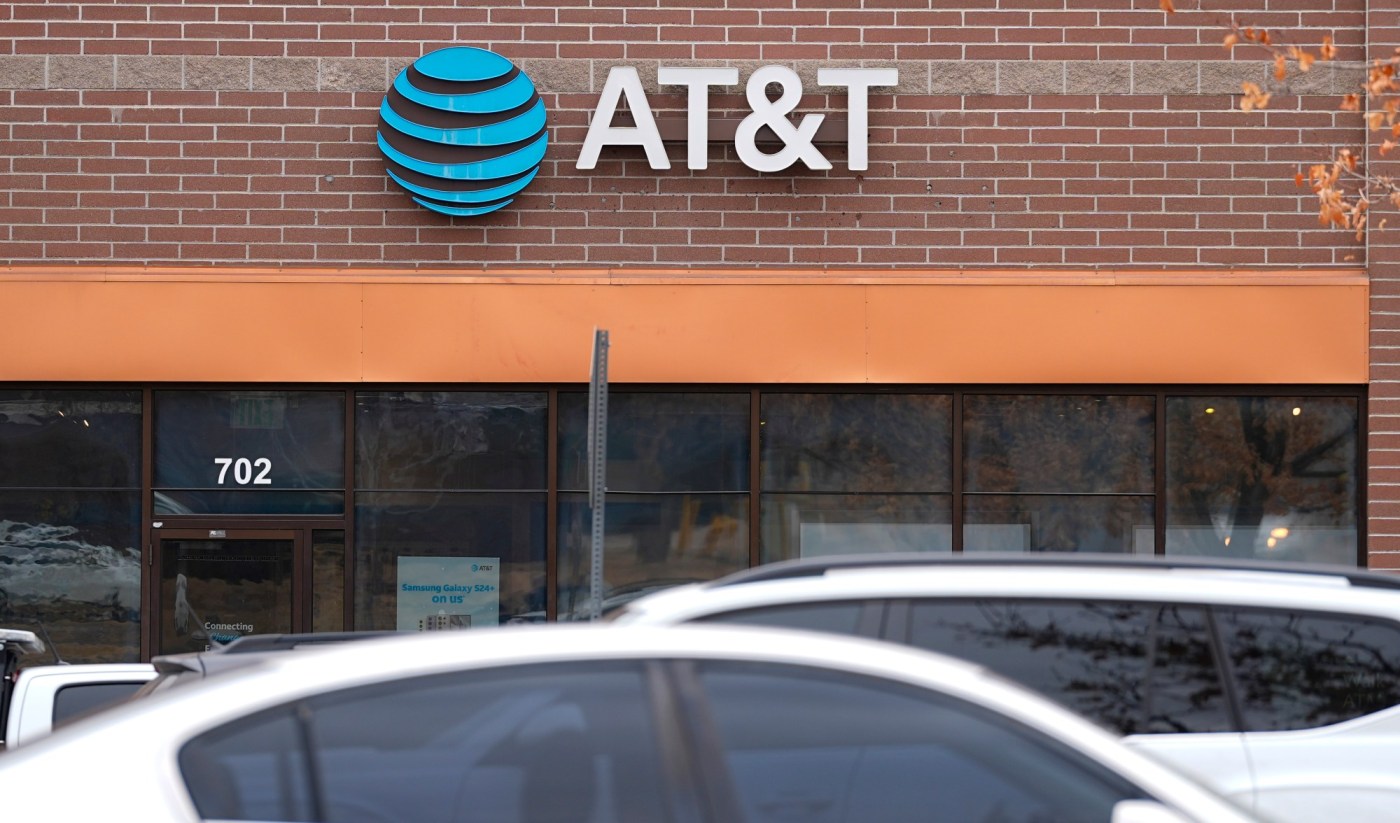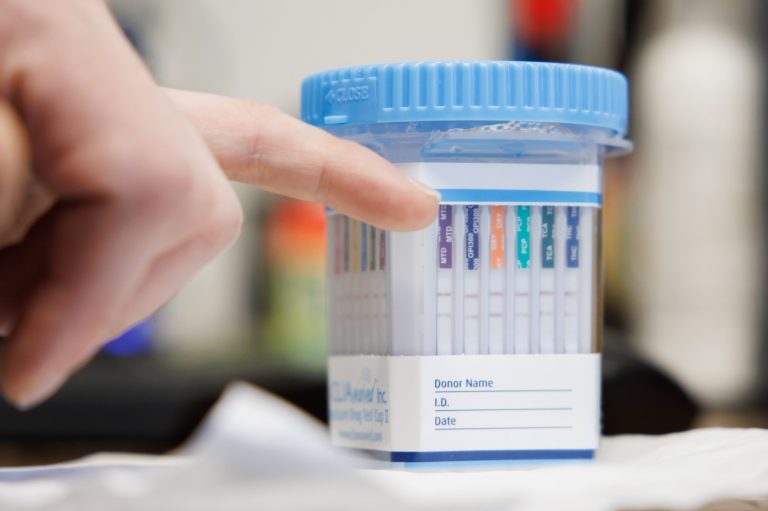AT&T said it has begun notifying millions of customers about the theft of personal data recently discovered online.
The telecommunications giant said Saturday that a dataset found on the “dark web” contains information such as Social Security numbers for about 7.6 million current AT&T account holders and 65.4 million former account holders.
The company said it has already reset the passcodes of current users and will be communicating with account holders whose sensitive personal information was compromised.
Related Articles
Sam Bankman-Fried has to repay $11 billion. How can he possibly do that?
SBF’s parents ‘heartbroken’ for ’empathetic’ son who wanted to ‘do good on a large scale’
Magid: New Tesla offers lower price, upgraded tech
Wobbly Bay Area office market spurs delay of huge San Jose tech campus
Power up: PG&E says electricity plan can boost Silicon Valley innovation and economy
It is not known if the data “originated from AT&T or one of its vendors,” the company said in a statement. The compromised data is from 2019 or earlier and does not appear to include financial information or call history, it said. In addition to passcodes and Social Security numbers, it may include email and mailing addresses, phone numbers and birth dates.
While the data surfaced on a hacking forum nearly two weeks ago, it closely resembles a similar data breach that surfaced in 2021 but which AT&T never acknowledged, said cybersecurity researcher Troy Hunt.
“If they assess this and they made the wrong call on it, and we’ve had a course of years pass without them being able to notify impacted customers,” then it’s likely the company will soon face class action lawsuits, said Hunt, founder of an Australia-based website for warning people when their personal information has been exposed.
An AT&T spokesperson didn’t immediately return a request for comment Saturday.
It is not the first crisis this year for the Dallas-based company. An outage in February temporarily knocked out cellphone service for thousands of U.S. users. AT&T at the time blamed the incident on a technical coding error, not a malicious attack.












